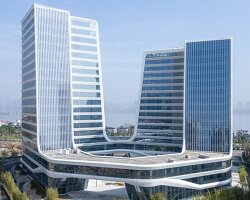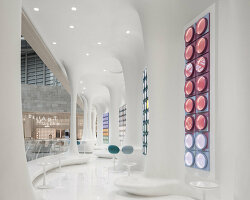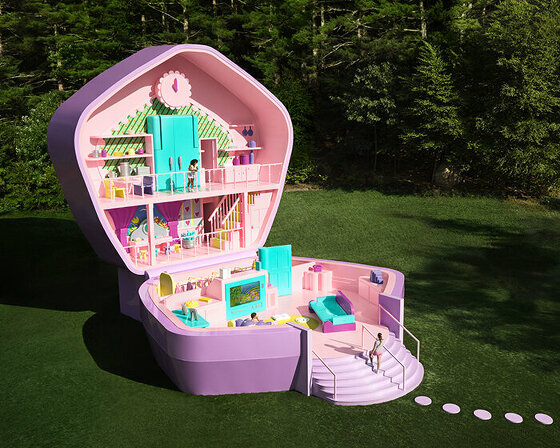
a space for a moment of rest

Atelier Deshaus preserved the site’s existing industrial relics and seamlessly integrated them with the new structure.
KEEP UP WITH OUR DAILY AND WEEKLY NEWSLETTERS
happening this week! discover riva, the historic brand that blending technology and tradition, reinventing a contemporary, modern, and unique style for fiberglass yachts between 27 and 164 feet in length.
PRODUCT LIBRARY
the 1,400 sqm underground shelter includes five bedrooms, a swimming pool, a dance floor, a bar, a barbecue, and a sauna.
the museum is designed as two rotated blocks connected by curved surfaces to create a sculpturally twisting gesture.
to celebrate her 35th birthday, the pocket-sized doll is opening her vintage-themed, two-story slumber abode to fellow humans.
connections: +1580
the proposed design features two symmetrical crystalline buildings with illuminated atria and plant-filled rooftops.
connections: +820







































